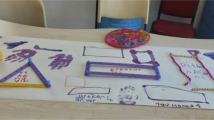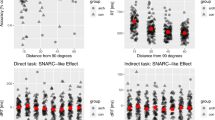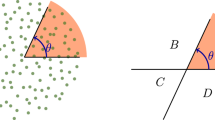Abstract
IN the unsigned review of Prof. Barrell's “Elementary Geometry” appearing in the issue of June 18, the following sentence occurs:—“A feature to be noticed is that the author gives three meanings of a plane angle, in the last of which the angle is regarded as the plane space swept out by a line of indefinite length (one way) turning about one end.” It is unsafe to say that such a definition is wrong, but it is certainly most undesirable in a school book. The apprehension of the true nature of an angle is one of the greatest difficulties that the beginner has to encounter, and the way is not smoothed by the introduction of the idea of an infinitely extended space. It is true, as Mr. Russell points out (“Principles of Mathematics,” p. 416), that the definition can be made logically satisfactory if the axiom of the whole, being greater than its part, be rejected; but this is an intolerable objection. The best course for an educational book is that adopted by Ronché and De Comberousse (“Traité de Geometrie,” 1891, p. 5), who say:—“La considération de deux droites qui se rencontrent conduit à une idée nouvelle, qui est celle d'inclinaison mutuelle ou d'angle, et qui, comme l'idée de longueur, ne saurait être définie, c'est-à-dire ramenée à une idée plus simple."
This is a preview of subscription content, access via your institution
Access options
Subscribe to this journal
Receive 51 print issues and online access
$199.00 per year
only $3.90 per issue
Buy this article
- Purchase on SpringerLink
- Instant access to full article PDF
Prices may be subject to local taxes which are calculated during checkout
Similar content being viewed by others
Rights and permissions
About this article
Cite this article
HUDSON, R. School Geometry Reform. Nature 68, 177 (1903). https://doi.org/10.1038/068177c0
Issue date:
DOI: https://doi.org/10.1038/068177c0



